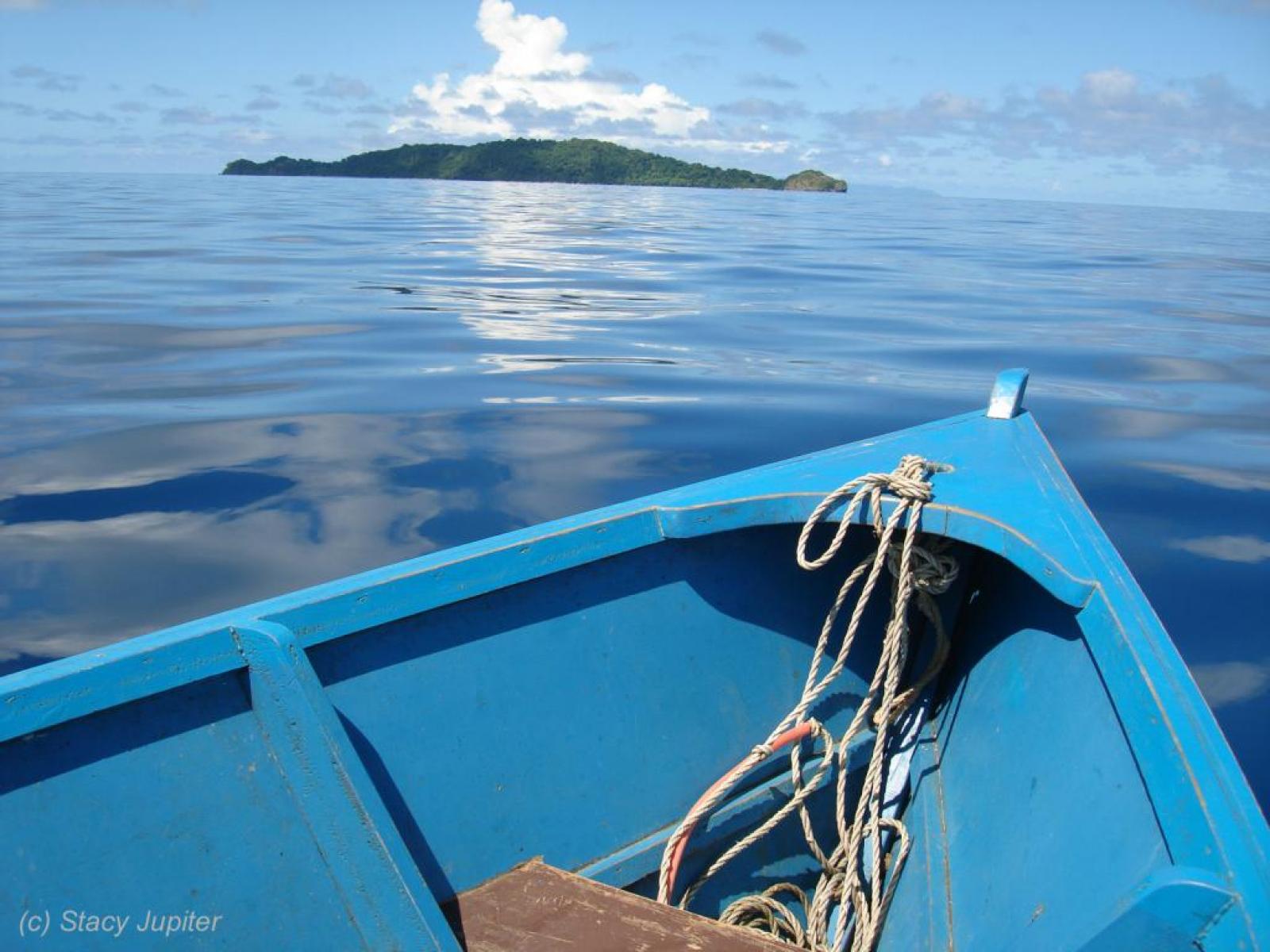An Overview Of Our Solution
- Population Impacted:
- Continent: Oceânia
Describe the problem
In 1984, the chiefs of Kubulau noticed a declining fisheries stock from over harvesting by unsustainable fishing practices. The people of Kubulau embarked on an integrated approach to salvage this situation. The Kubulau Resource Management Committee (KRMC) with assistance from NGOs established Fiji’s premier Ecoystem Based Management (EBM) plan. A network of 20 MPAs was created within the Kubulau traditional fishing grounds encompassing 17 traditional-style periodic closures and 3 permanent no-take reserves. [Refer to youtube link] Information from ongoing data collection and analysis is utilized to improve the existing EBM plan to ensure biodiversity protection. The anticipated results will create social and capital resilience and develop alternative livelihoods.
